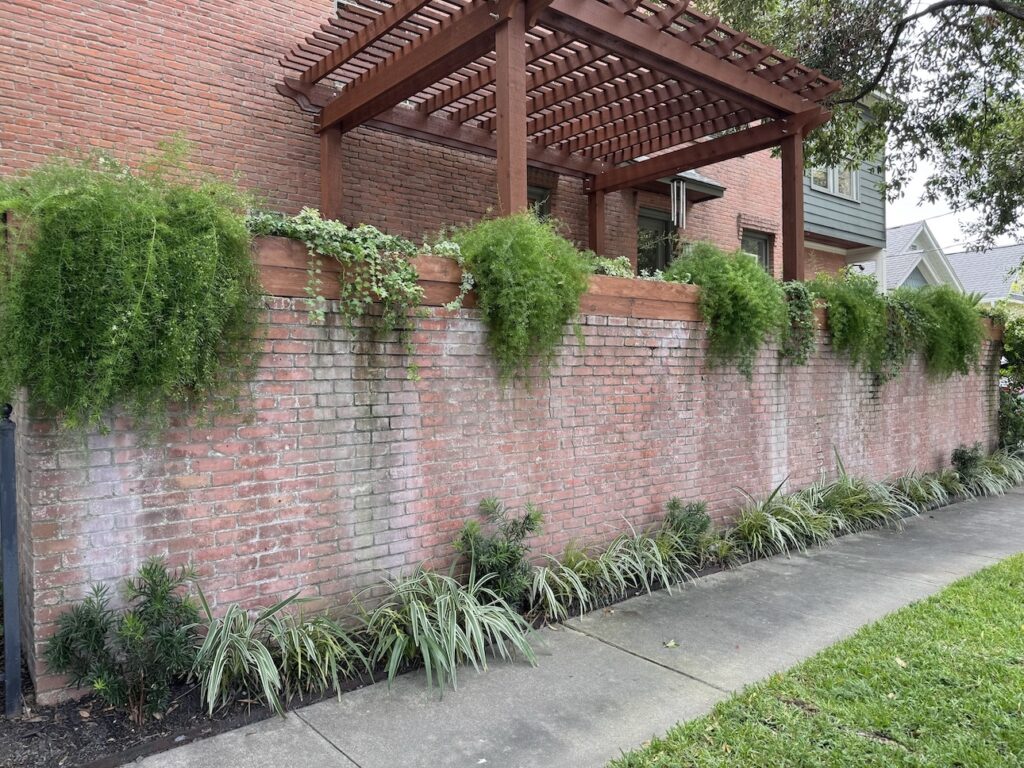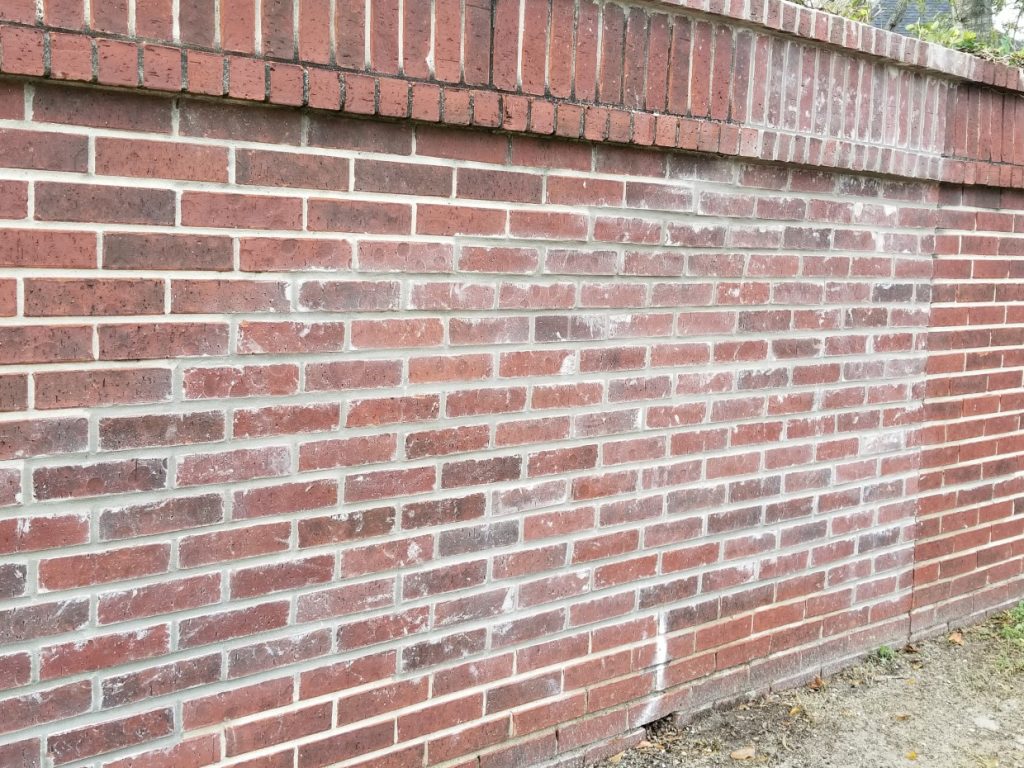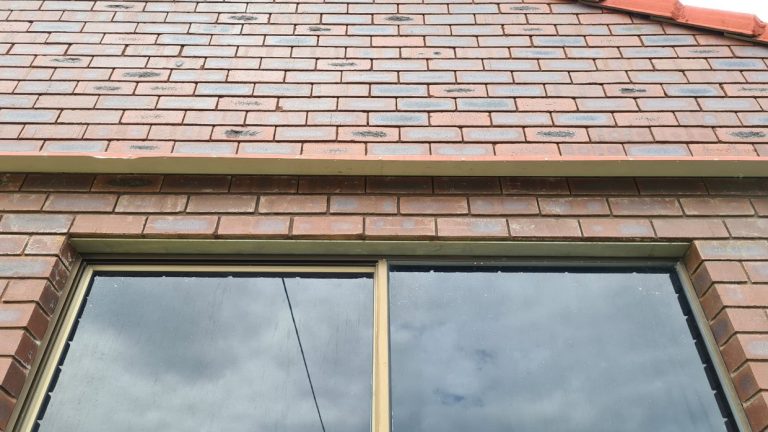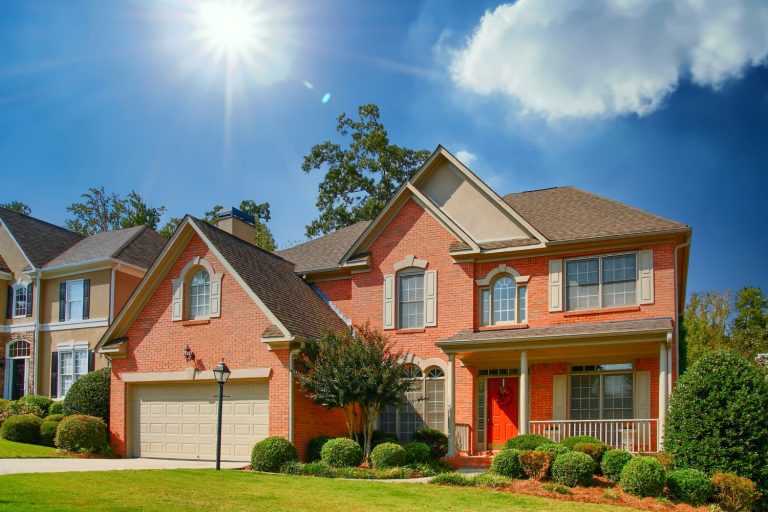What Is Efflorescence?
Efflorescence is a powdery, white or greyish deposit that often appears on the surface of masonry, including bricks, concrete, and stone. It occurs when water-soluble salts migrate to the surface and crystallize as the moisture evaporates. While it’s not always harmful to the structural integrity of the brick, it can be unsightly and sometimes indicative of deeper moisture issues.
Chemically, efflorescence is primarily made up of salts like sodium sulfate, potassium carbonate, or calcium sulfate. These salts exist naturally in building materials and water. When water moves through bricks or mortar and then evaporates at the surface, it leaves these salts behind, creating the white staining effect.
Causes of Efflorescence on Brick Surfaces
Several factors contribute to efflorescence on brick structures:
- Moisture Intrusion: Water is the main vehicle that carries salts to the surface. Leaks, poor drainage, or even high humidity can contribute.
- Soluble Salts: Bricks, mortar, and even the ground beneath your home can contain salts. The more salts present, the greater the chance of efflorescence.
- Environmental Conditions: Cold, damp weather is especially conducive to efflorescence formation, as it slows evaporation, allowing more salts to accumulate.
How Water Plays a Role in Brick Discoloration
Water is the key player in this chemical dance. Here’s how:
- Capillary Action: Bricks are porous. They soak up water like a sponge, pulling it through their structure.
- Evaporation: Once water reaches the surface and begins to evaporate, it leaves the dissolved salts behind.
- Salt Crystallization: These salts appear as the familiar white haze or spots known as efflorescence.
Types of Salts Found in Efflorescence
Different salts leave slightly different residue appearances. The most common include:
- Sodium Sulfate: Appears white and fluffy.
- Potassium Carbonate: Often seen in bricks exposed to fertilizers or soil.
- Magnesium Sulfate: Found in water softeners or clay-rich soils.
Each type of salt reacts differently to moisture, but all contribute to the white deposits seen on bricks.
Is Efflorescence Dangerous?
Efflorescence itself is not harmful to your health or the structural stability of your home. However, it can be a warning sign of:
- Ongoing Moisture Problems: Which, if ignored, can lead to mold growth or masonry damage.
- Freeze-Thaw Cycles: Water inside bricks can freeze and expand, causing cracking and long-term deterioration.
Ignoring it may not cause instant structural failure, but it can accelerate the aging and breakdown of brick surfaces.

How to Identify Efflorescence on Bricks
Not every white stain is efflorescence. Here’s how to confirm:
- Visual Cues: Efflorescence is powdery and often brushed off easily.
- Surface Texture: Unlike lime leaching, efflorescence doesn’t typically leave a crust or chalky film.
- The Water Test: Dampen the area—if the white disappears and then reappears as it dries, it’s likely efflorescence.
Differentiating Efflorescence from Other White Stains
Sometimes what looks like efflorescence could be something else:
| Type of Stain | Cause | Appearance |
|---|---|---|
| Efflorescence | Salt deposits | Powdery, white |
| Lime Leaching | Excess water during curing | Hard, crusty |
| Mold/Mildew | Organic growth | Fuzzy or spotty, may have odor |
| Construction Residue | Paint, dust, plaster | Doesn’t dissolve with water |
Correct identification ensures the right cleaning approach.
Common Areas Where Efflorescence Occurs
Some areas are more prone due to exposure and construction design:
- Chimneys: Constant exposure to rain and minimal sealing.
- Retaining Walls: Contact with soil increases moisture wicking.
- Foundations: Groundwater and irrigation systems contribute to higher moisture levels.
- Outdoor Patios & Walkways: Sprinkler overspray and poor drainage are common culprits.
Efflorescence in New Construction vs Older Homes
Efflorescence often appears in newly constructed buildings because:
- New Materials: Fresh mortar and bricks may still be drying.
- Residual Salts: Unwashed or exposed surfaces still carry salts from manufacturing.
- No Sealant Yet: Lack of sealing allows moisture in.
Older homes may develop efflorescence due to:
- Degraded Waterproofing: Sealants break down over time.
- Foundation Settling: Can allow water to pool or seep into walls.
Seasonal Effects on Efflorescence
Weather can have a surprising impact on your brick and masonry:
- Rainy Seasons: High water exposure triggers more salt movement.
- Cold Weather: Water freezes and expands within bricks, forcing out salts.
- Dry Summers: May dry out salts, making them more visible but less active.
Monitoring seasonal patterns can help you predict and prevent staining.
How to Remove Efflorescence From Brick
Efflorescence can be removed, but the method depends on how stubborn the stains are.
DIY Cleaning Solutions
For light or recent stains:
- Dry Brushing: Use a stiff-bristled brush to scrub the area. This is effective if the deposits are still powdery.
- Water and Vinegar Solution: Mix equal parts white vinegar and water. Spray the surface and gently scrub. Rinse thoroughly.
- Baking Soda Paste: Apply a paste of baking soda and water, let sit for a few minutes, and scrub away.
Tip: Always test any cleaning solution on a small, inconspicuous area before applying it broadly.
Professional Cleaning Methods
When DIY isn’t enough, professionals like Brick Restoration, Inc. use advanced methods:
- Masonry-Safe Cleaners: These specialized solutions break down salt deposits without damaging the brick.
- Pressure Washing (Controlled): Done carefully to avoid driving water deeper into the masonry.
- Steam Cleaning: For delicate or historic bricks, steam can lift stains without chemicals.
What Not to Use
Avoid:
- Acidic Cleaners Not Meant for Brick
- Wire Brushes or Sandpaper
- Bleach (It doesn’t affect salts and can damage surrounding plants or materials)
Preventing Efflorescence in Brick Masonry
The best cure is prevention. Here’s how to protect your bricks long-term:
- Seal Your Bricks: Use a breathable masonry sealer that keeps water out but lets moisture escape.
- Install Proper Drainage: Ensure gutters, downspouts, and slopes direct water away from brick surfaces.
- Choose Quality Materials: Use low-salt mortar and bricks with proper firing processes.
- Limit Water Exposure: Adjust sprinklers to avoid direct hits on brick walls or patios.
Proper construction and routine maintenance reduce the chances of recurrence.
When to Call a Professional
Efflorescence is more than just a cosmetic concern if:
- It Keeps Coming Back: Indicates a deeper moisture problem.
- There Are Cracks in the Mortar: Water might be entering through structural damage.
- You’re Dealing with Large Areas or Tall Walls: Professional equipment and safety protocols are needed.
Brick Restoration, Inc. has specialized experience handling these situations across Texas. Their technicians assess the damage, clean it properly, and recommend lasting solutions.
Brick Restoration, Inc.’s Approach to Efflorescence
At Brick Restoration, Inc., efflorescence removal is not a one-size-fits-all job. Our process includes:
- Site Assessment: Identifying the moisture source and type of stain.
- Custom Cleaning Plans: Using the right solution for your specific brick type and damage.
- Masonry Sealing: Preventing future problems through high-quality, breathable sealants.
- Long-Term Maintenance Programs: Regular checkups to ensure your brickwork remains pristine year-round.
Cost of Efflorescence Treatment
Pricing can vary depending on several factors:
| Factor | Impact on Cost |
|---|---|
| Size of Affected Area | Larger areas require more labor and materials |
| Brick Type | Historic or delicate bricks may need special treatment |
| Extent of Damage | Deep stains or recurring issues increase complexity |
| Location & Accessibility | Hard-to-reach places can affect labor time |
While DIY may seem cheaper, professional work ensures long-term results, preventing future costs due to recurring damage.
FAQs About Brick Efflorescence
1. What is the main cause of efflorescence on bricks?
Moisture moving through bricks and dissolving natural salts, which crystallize on the surface.
2. Is efflorescence a sign of poor construction?
Not necessarily, but it can indicate moisture issues if it happens repeatedly.
3. Will efflorescence go away on its own?
Sometimes, but without fixing the source of moisture, it’s likely to return.
4. Can I paint over efflorescence?
No. Paint will trap moisture inside, often worsening the problem.
5. How long does professional removal take?
Most jobs are completed in a few hours to a day, depending on severity.
6. How often should I seal my brickwork?
Every 5–7 years, or sooner if your bricks are exposed to extreme weather or heavy water exposure.
Conclusion: Protect Your Bricks With the Right Care
Efflorescence might start as a simple white stain, but it tells a bigger story about water and salt movement in your brickwork. By identifying it early and acting promptly, whether through DIY solutions or professional services, you can protect your home’s appearance and structure.
Brick Restoration, Inc. stands as your trusted partner in all things masonry. From cleaning and sealing to full-scale restoration, we offer expert care tailored to your needs.
Contact us today to schedule an evaluation and keep your brickwork beautiful and resilient for years to come.







Goodl